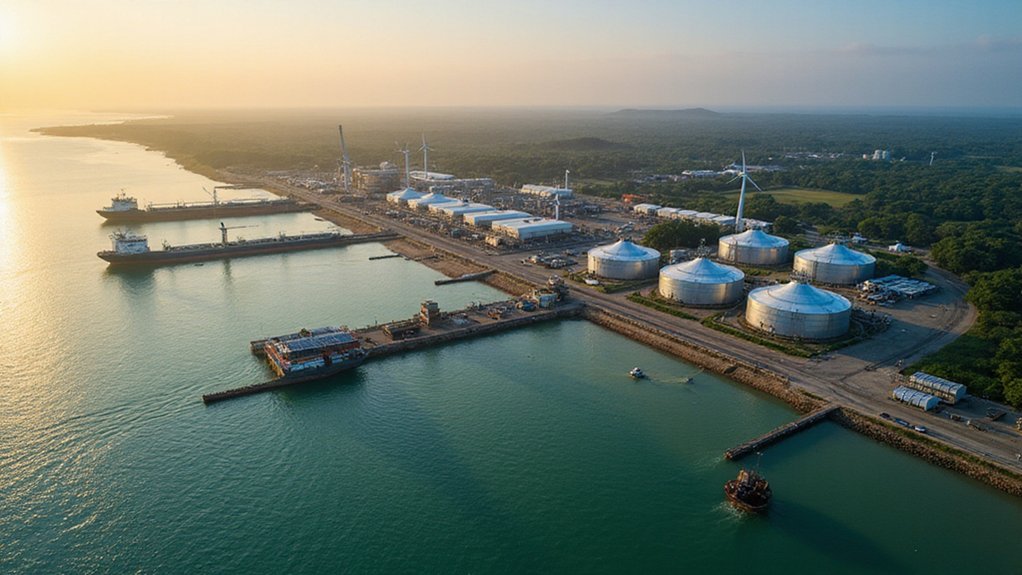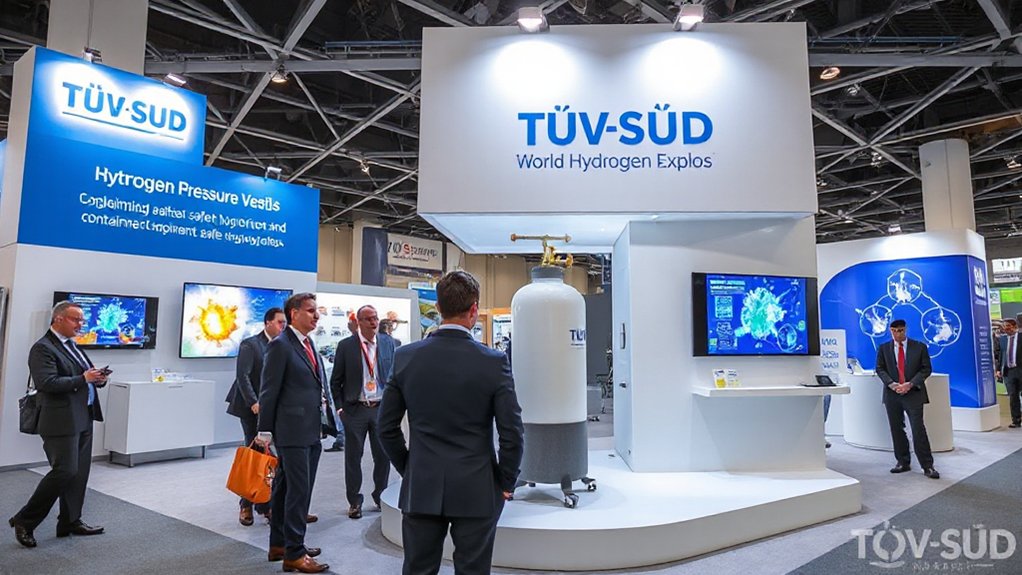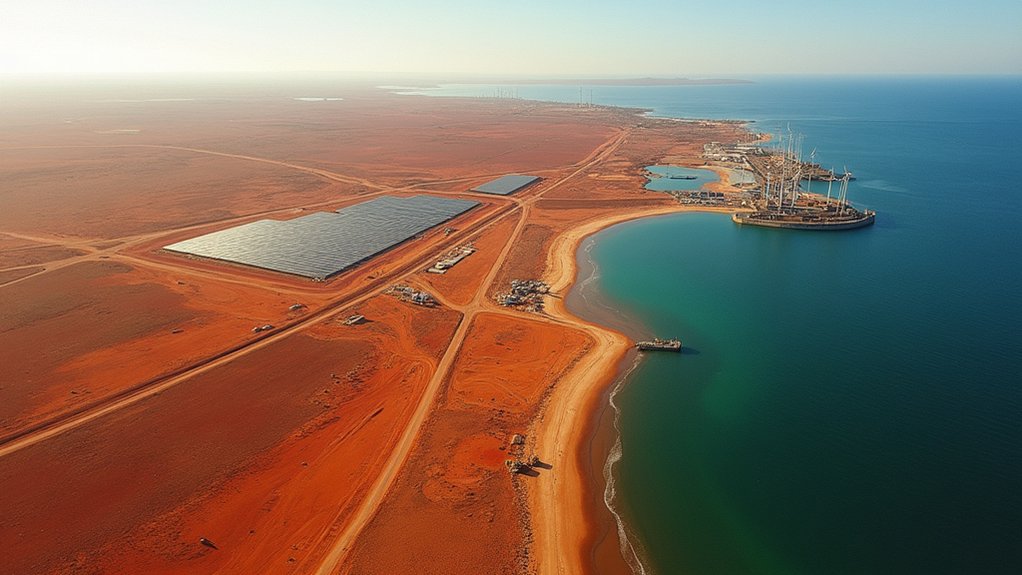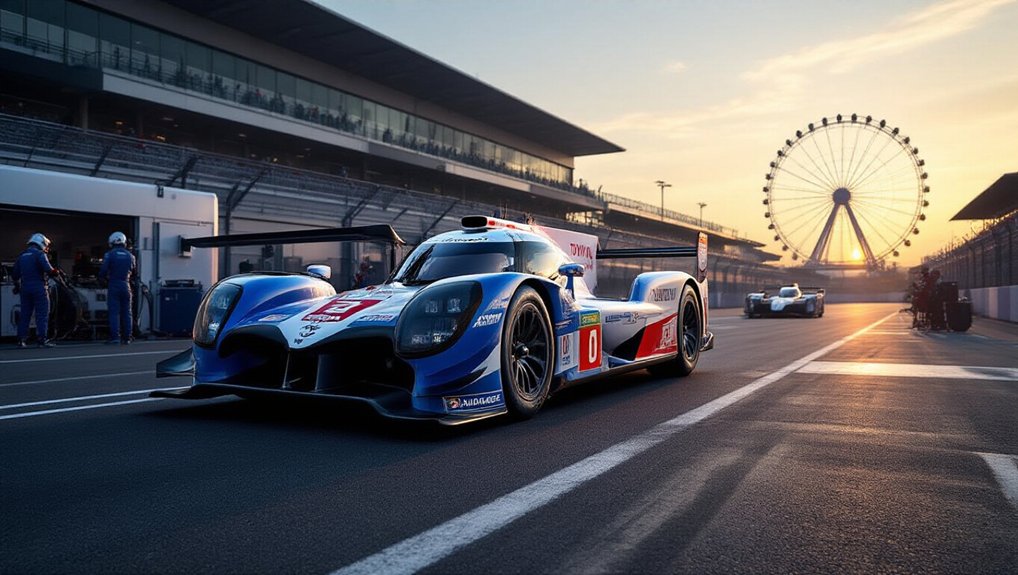IndianOil and Hyundai are rolling the dice on hydrogen mobility in India. Their new partnership puts a single NEXO hydrogen SUV—which emits only water vapor—on Delhi’s streets for a two-year trial. The NEXO boasts impressive specs: 161 BHP, 800km range, and 0-100km/h in 9.2 seconds. Infrastructure remains the biggest hurdle, though. With GST slashed from 28% to 12%, the government’s clearly backing this tech. The full story reveals why this single vehicle carries such massive expectations.
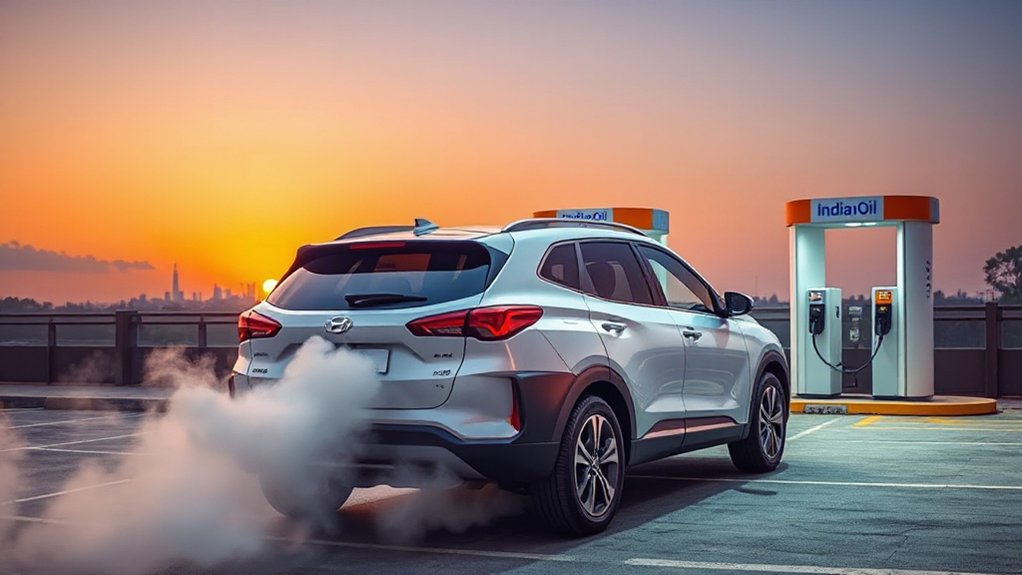
A groundbreaking partnership between Indian Oil Corporation and Hyundai Motor India has kicked off, with a hydrogen-powered SUV hitting Indian roads for the first time. The companies signed a Memorandum of Understanding in April 2025, handing over one NEXO hydrogen fuel cell electric vehicle for a two-year pilot program. Yes, you read that right—a car that emits water vapor instead of smog. Finally, something that won’t make Delhi’s air quality worse.
A space-age water-emitting SUV that might just help Delhi breathe again.
This isn’t just another corporate PR stunt. The NEXO will travel more than 40,000 kilometers across India until 2027, testing whether hydrogen vehicles can actually survive the country’s notorious roads and climate. Indian Oil will be crunching the numbers on everything from maintenance costs to operational efficiency. They’re basically asking: “Can the average Indian afford to drive around in a space-age water-emitting SUV?”
The NEXO itself is no slouch. It packs a 95 kW fuel cell with a 40 kW battery backup, delivering 161 BHP and enough torque to make your grandmother’s sari flutter. It goes from 0 to 100 km/h in 9.2 seconds and supposedly can travel 800 kilometers on a single tank. That’s Mumbai to Ahmedabad without stopping—if you can find a hydrogen station, which you can’t. The vehicle was previously showcased at Auto Expo events in both 2020 and 2023 before this practical road testing.
That infrastructure problem is precisely what this partnership aims to solve. The initiative will conduct Total Cost of Ownership studies to determine economic practicality for both private and commercial use. Indian Oil is eyeing hydrogen as part of their energy evolution strategy, while Hyundai’s already teamed up with IIT Madras to establish a Hydrogen Innovation Centre. Meanwhile, the government’s doing its part by slashing GST on hydrogen vehicles from 28% to 12%. Not too shabby. This shift towards hydrogen aligns with the need for minimal emissions technologies that can provide consistent energy without weather limitations.
The trial’s success could shape India’s hydrogen future. But let’s be real—there’s a long road ahead before we see fleets of water-dripping cars replacing our smoke-belching taxis. For now, this single NEXO is carrying two years’ worth of expectations on its fuel-celled shoulders.


